Login
Join Free
Best Toys for Autistic Kids: A Comprehensive Guide for Thoughtful Play
In recent years, awareness of autism spectrum disorder (ASD) has grown globally. Alongside it, the demand for toys that support the unique developmental needs of autistic children has also risen. Parents, educators, therapists, and professional buyers are actively seeking products that help children engage, learn, and grow through play.
But what makes a toy suitable for a child with autism? The answer depends on the child's sensory preferences, motor skills, cognitive development, and communication style. In this guide, we explore different categories of toys that support learning, reduce anxiety, and encourage engagement, all while offering fun.
Whether you're sourcing in bulk for an educational center, therapy clinic, or retail business, this guide will help you choose the right options.
Why Toys Matter for Autistic Children
Play is not just entertainment—it's how children make sense of the world. For autistic kids, toys can provide critical support in:
-
Sensory integration
-
Language and communication
-
Emotional regulation
-
Fine and gross motor development
-
Social interaction through role play or shared activities
Well-designed toys can serve as tools to support growth, build independence, and unlock new ways of expression for children on the spectrum.
Top Features to Look for in Toys for Autistic Kids
Before we dive into specific toy types, it's helpful to understand the key features buyers should prioritize:
-
Tactile and visual sensory appeal (textures, lights, sounds)
-
Repetitive and predictable movement
-
Low noise or customizable sound levels
-
Age-appropriate complexity
-
Durability and safety
-
Opportunities for open-ended play
It's also essential that these toys are made from non-toxic materials and meet international toy safety standards such as EN71, ASTM F963, or ISO 8124.
Categories of the Best Toys for Autistic Kids
Let's look at the most beneficial toy categories for children on the autism spectrum. Each type meets different developmental goals.
1. Sensory Toys
These toys stimulate one or more senses and are often used in occupational therapy.
Examples:
-
Fidget spinners and pop-it toys
-
Light-up sensory balls
-
Gel pads and weighted plush animals
-
Bubble tubes or lava lamps
Sensory toys help autistic kids self-soothe, regulate emotions, and stay focused during transitions.
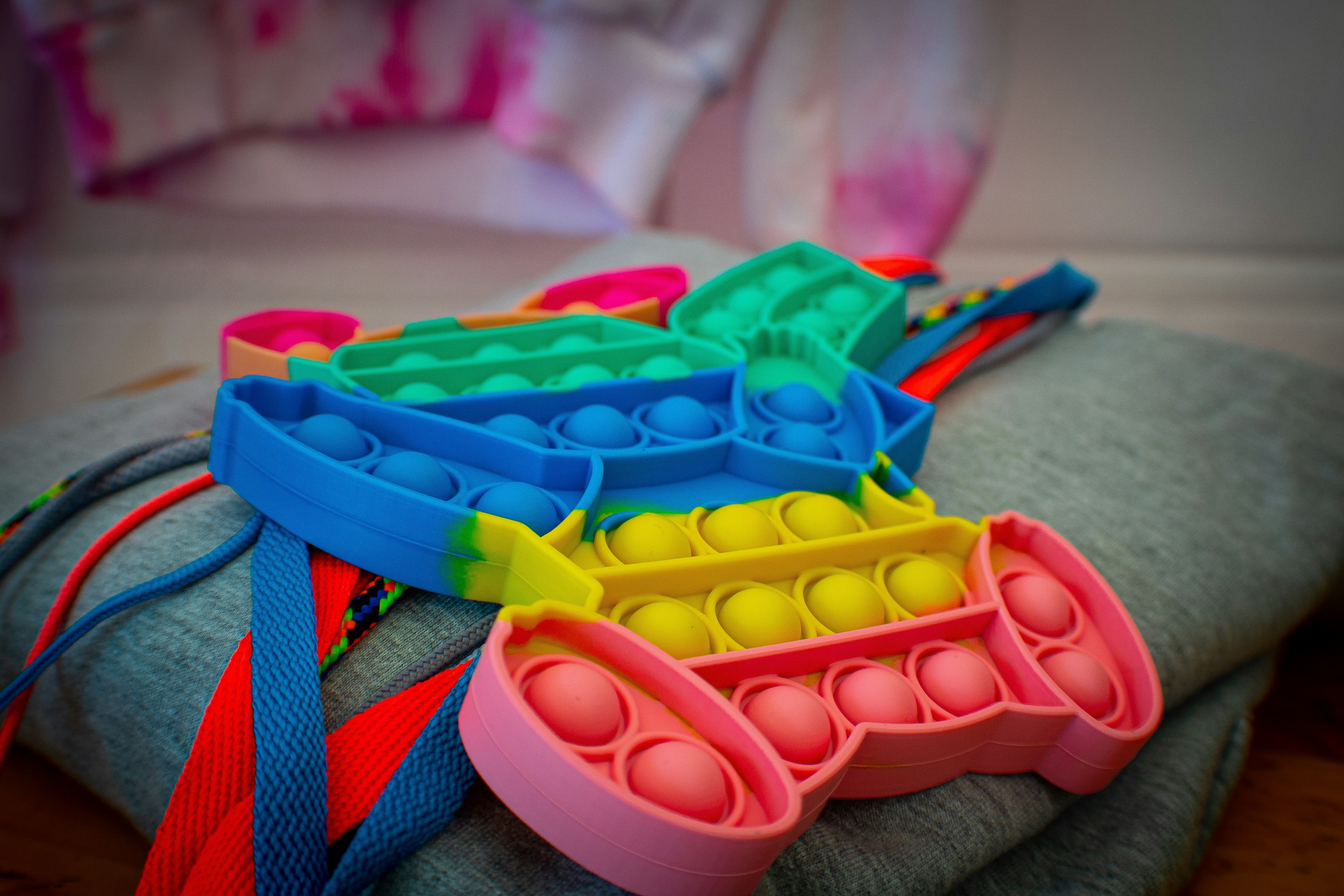
2. Building Blocks & STEM Toys
Toys like magnetic tiles, stackable blocks, and remote control building kits promote problem-solving and structured thinking.
Benefits:
-
Enhances focus
-
Encourages independent play
-
Develops fine motor skills
STEM toys, especially those with simple circuits or programmable features, are excellent for children who enjoy patterns, logic, and technology.
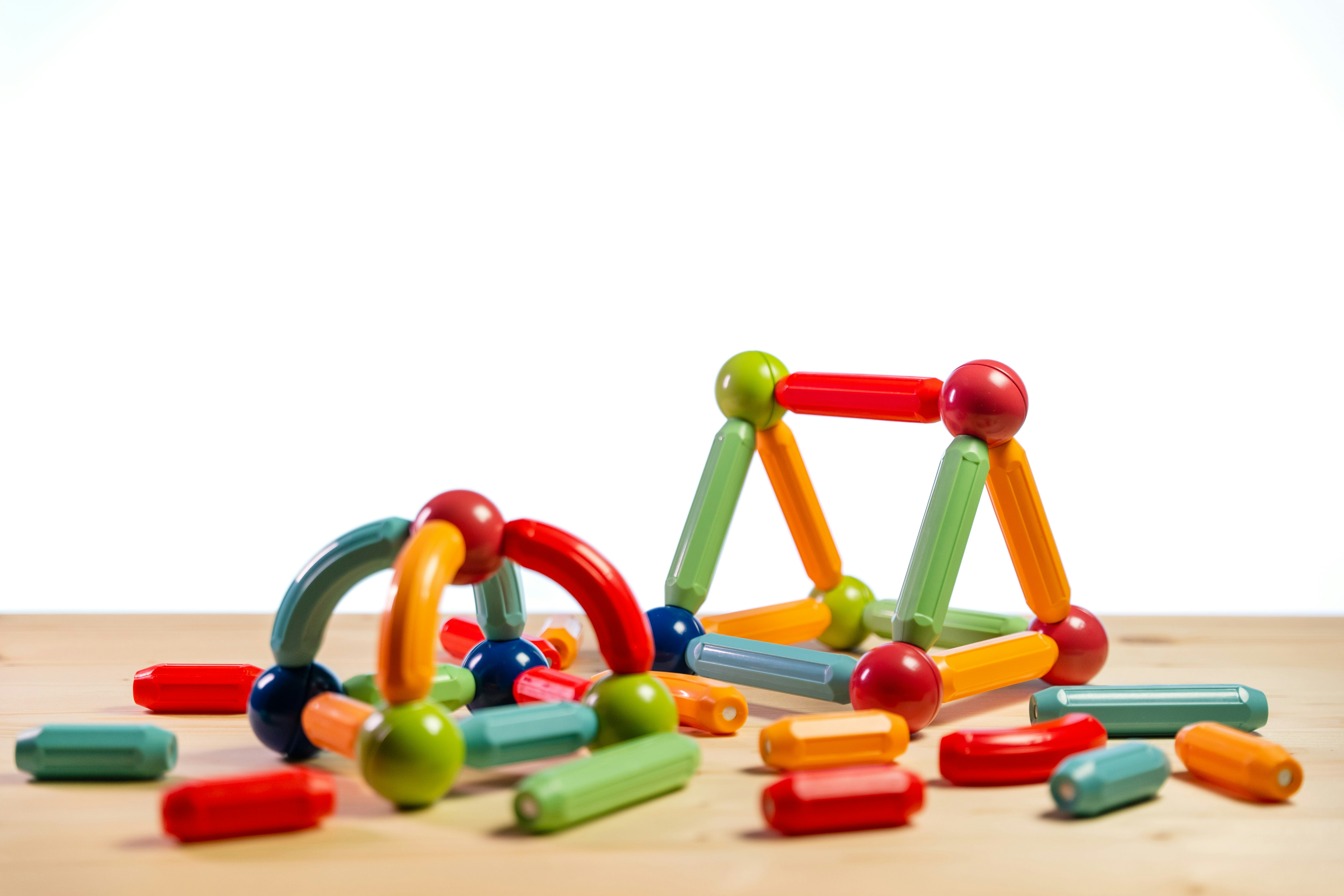
3. Pretend Play Toys
Role-playing toys like toy kitchens, doctor kits, and miniature cities support communication and emotional expression.
Why it matters:
-
Improves social interaction
-
Supports language development
-
Encourages empathy and perspective-taking
Some autistic children may not engage in imaginative play initially, but exposure to these toys in a safe environment can spark new levels of engagement.
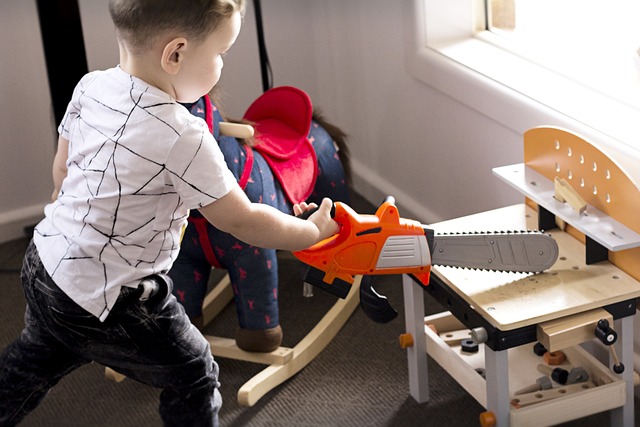
4. Interactive Robots & Light-Up Toys
Toys with simple commands, lights, or music can provide responsive feedback that delights and teaches at the same time.
Examples:
-
Dancing robots
-
Touch-sensitive panels
Look for toys that allow volume control or have programmable functions for customization.
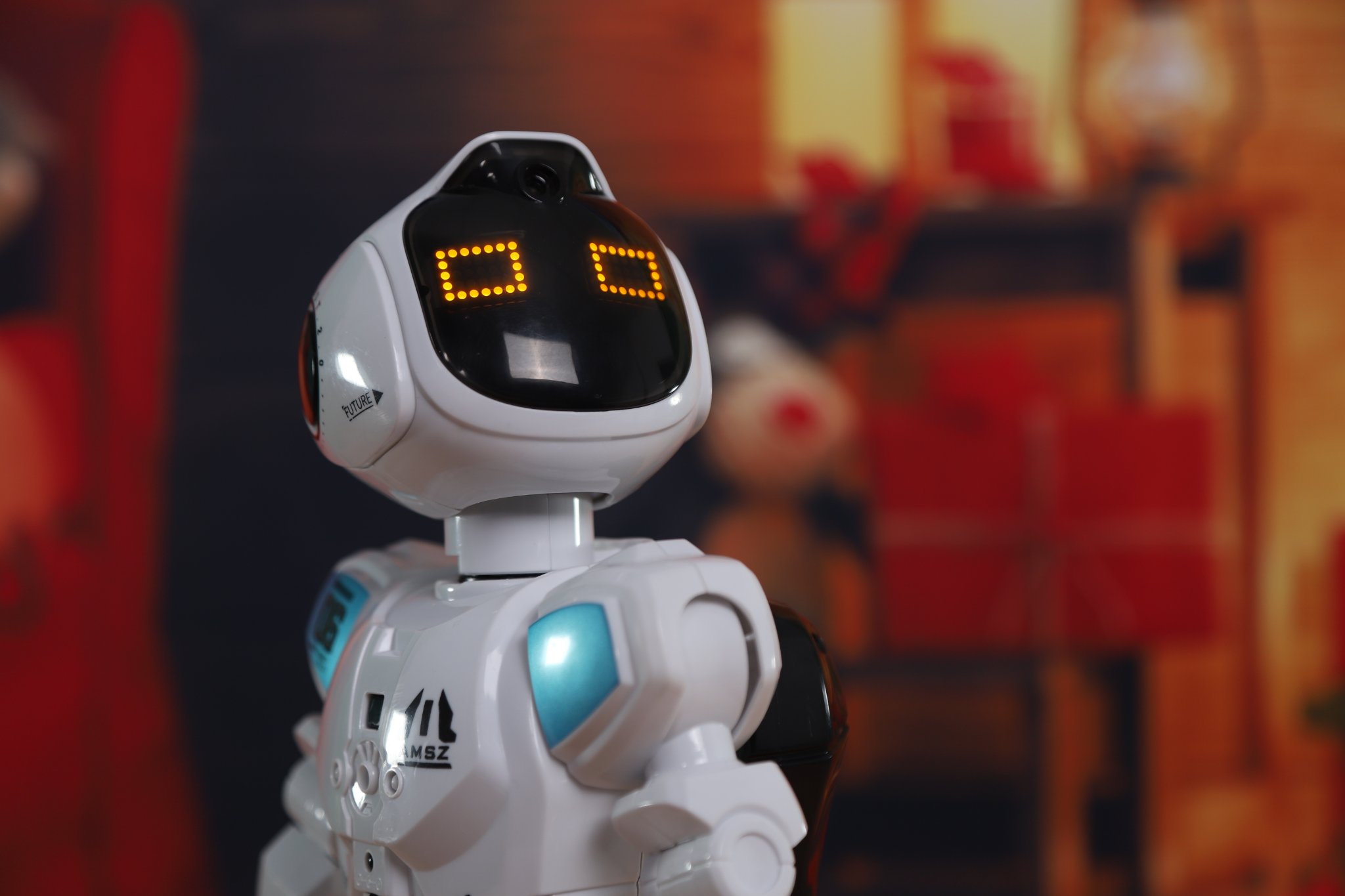
5. Cause-and-Effect Toys
These include toys where a specific action leads to a result, such as pressing a button to make music or turning a knob to light up a panel.
Why they're great:
-
Build understanding of logic
-
Strengthen cognitive skills
-
Provide predictable and satisfying feedback
These toys are especially beneficial for children with limited verbal skills, offering a consistent way to interact with the environment.

6. Ride-On Toys and Outdoor Play
Don't forget the importance of physical activity. Tricycles, balance bikes, or simple push ride-ons help develop gross motor skills and spatial awareness.
Choose models that offer:
-
Stability and safety harnesses
-
Soft handles and padded seats
-
Easy-to-operate steering
Outdoor toys also give children a chance to explore in a less structured way.
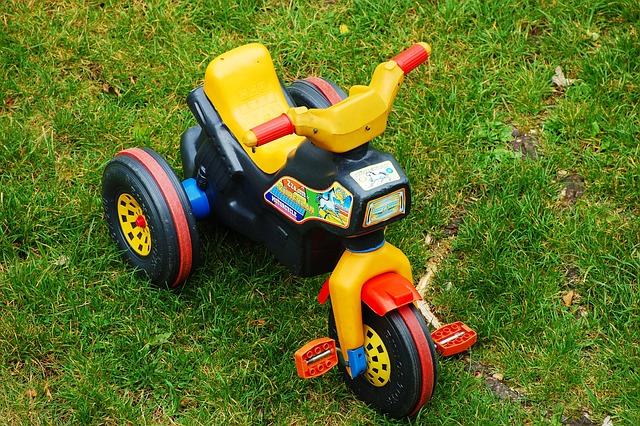
Highlight: Zhorya's Inclusive Toy Solutions
At Zhorya, we understand that every child deserves toys that fit their individual needs and developmental goals. That's why many of our products are thoughtfully designed with sensory-friendly features, strong educational value, and premium, high-quality materials. From our battery-operated plush animals to programmable robots and versatile STEM building kits, our extensive range is suitable for diverse learning profiles, including autistic children.
Our dedicated design teams focus on:
-
Age-appropriate learning outcomes tailored to various developmental stages
-
Safe, durable materials built to withstand daily use
-
Customizable sound/circuit functions tailored to client requirements for unique product features
-
Private labeling and packaging options to showcase your brand on large-scale bulk orders
All Zhorya toys comply with global safety standards and undergo strict quality control. Whether you're an educator, toy brand, distributor, or therapy center, our catalog offers reliable and effective solutions for your audience.
Explore more at www.zhorya.com.
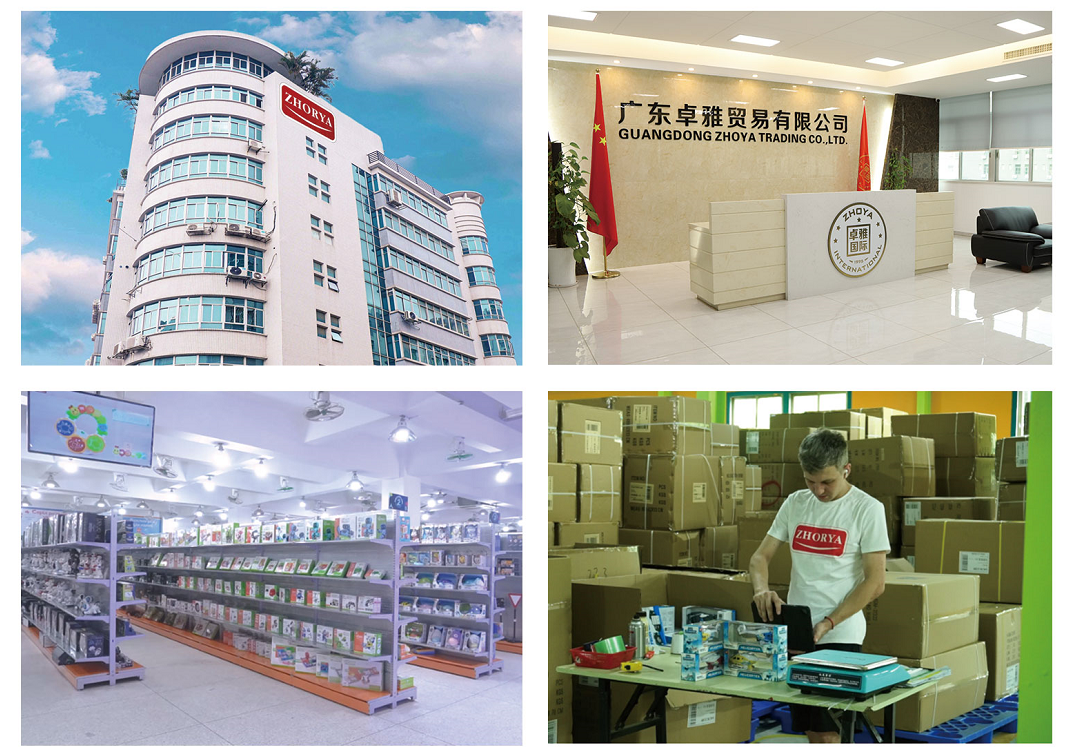
How to Choose the Right Toys in Bulk
When sourcing toys for autistic children, keep the following criteria in mind:
-
Age range: Ensure the toy is suitable for the child’s developmental stage, not just chronological age.
-
Play style: Some children prefer solitary play; others thrive with interactive or cooperative toys.
-
Cultural or language considerations: Toys with customizable sound features (like those offered by Zhorya) can support local language development.
Work with manufacturers who offer customization options—like sound programming, packaging, or exclusive molds—to meet your unique customer or institutional needs.
Trends in the Market
The global market for autism-friendly toys is growing. Buyers are increasingly looking for:
-
Eco-friendly materials
-
Multi-sensory kits for therapy
-
Educational toys with AI or interactive components
-
Inclusive product design
Retailers and educational institutions who stay ahead of this curve will gain customer loyalty and meet rising demand.
Final Thoughts
The best toys for autistic kids are not just fun—they're functional. They offer comfort, skill development, and joy in ways that are safe, intentional, and inclusive. Whether you're sourcing for a special education program, a therapy center, or an e-commerce toy store, understanding what works best for children on the spectrum is essential.
By partnering with reputable suppliers like Zhorya, you ensure that the toys you purchase are not only high quality but also designed with care, inclusivity, and expertise.

 Русский язык
Русский язык 中文
中文